The movie’s other big stumbling block is that it is set in the year just prior to the Nazi war machine kicking off World War II and most of the characters in this film are German including the film’s protagonist Col. Franz Ritter (George C. Scott), who is sent aboard the Hindenburg to prevent any terrorist attacks, and Hollywood will once again cast mostly American and British actors to play the Germans, without any of them even trying to fake a German accent. To make audiences more sympathetic to the plight of the film’s characters most of them are depicted as anti-Nazi, and though there were many Germans who despised what their country was becoming this movie makes it look like the Nazis were a minority; opposed to the millions of Germans who totally drank the Kool-Aid that Hitler was selling.
Note: This film depicts Zeppelin heads Ernest Lehmann (Richard Dysart) and Hugo Eckener (Herbert Nelson) as both being wary of the Nazi party. In reality, while Eckener hated the Nazis and spoke against them openly, Lehman was a well known as a supporter of Berlin in order to advance his career and the fortunes of the Zeppelin Company.
The movie even includes a scene were a Broadway producer Reed Channing (Peter Donat) and acrobat Joe Spah (Robert Clary) perform a song number satirizing the Nazi regime, and the bulk of the audience, including Luftwaffe Colonel Ritter, really seem to be enjoying the performance. Only the Hindenburg Captain Max Pruss (Charles Durning) is upset enough to demand they stop. Which I find hard to believe as I’m betting most Germans at the time would have at least faked outrage at such a performance.
Next they will break into “Springtime for Hitler.”
In reality Joseph Spah did tell anti-Nazi jokes, and his frequent unaccompanied visits into the hull to visit his dog led him to be a prime suspect, but Spah is just one of many characters the film trots out as suspects. The actual guilty party in this movie is Hindenburg crewman Karl Boerth (William Atherton), and the movie isn't remotely subtle about it. This character was based on the real life Eric Spehl, whose girlfriend held communist beliefs and had anti-Nazi connections, but most damming evidence against him here is that's he’s being played by William Atherton, so there is no doubt he’s our mad bomber.That the fire broke out near the top of the ship, a place that a wandering passenger would have a hard time reaching unnoticed, made Spehl a perfect patsy for theorists, and as he died in the fire he certainly couldn’t refute these accusations. Unfortunately for conspiracy nuts no evidence, physical or otherwise, has ever been discovered to prove this case. Instead the movie tries to create a whodunnit mystery that wouldn't pass muster on episode of Murder She Wrote, and with poor Karl Boreth guilt uncovered halfway through the movie we don't even have that "suspense" for long.
Note: To add action to what is basically a drawing room mystery the filmmakers threw in a scene where there is a tear in the outer cover of the Hindenburg that has to repaired mid-flight. This did happen but to the Graf Zeppelin, not the Hindenburg.
Being this movie is obviously not Pro-Nazi the film’s bomber is not portrayed as a villain, but as a sympathetic character who wants to use the destruction of the Hindenburg as a weapon against Hitler and Goebbels’ propaganda machine. The movie then moves into complete fantasyland when Ritter comes to the conclusion that Boerth/Spehl is the bomber and attempts to arrest him, but Boerth is able to use some magical rhetoric to win Ritter to his side. We learn that Ritter’s only son was a Hitler Youth member and had died in an accident while painting anti-Jewish graffiti. This is apparently enough to sway this man to the bomber’s side, well that and the assurances that the bomb will be set to go off only after the ship is empty.
If you can’t trust a bomber who can you trust?
The bulk of this movie unfortunately comes across more like an episode of The Love Boat than a big budget historical drama/disaster movie. While Ritter is stuck investigating this bomb threat we must suffer through vignettes of the various other passengers aboard this doomed airship and their problems; Countess Ursula von Reugen (Anne Bancroft) is fleeing Germany to join her deaf daughter in America, Edward Douglas (Gig Young) has to get to New York before a rival ad agency steals his client, Emilio Pajetta (Burgess Meredith) and Major Napier (Rene Auberjonois) are two card cheats plying their trade among the wealthy passengers, and finally we have Albert Breslau (Alan Oppenheimer) who along with his family are smuggling diamonds to hopefully secure enough funds to get his extended family out of Germany. This is the kind of formula that was used successfully in the 1970s movie Airport, but that movie didn’t make you wait to the last ten minutes to kick off the disaster portion of the film.Anne Bancroft is the hashish smoking Countess.
When we do finally reach the epic event it is, shall we say, less than spectacular. Robert Wise wanted to shoot the whole film in Black & White so as to easily integrate the actual newsreel footage of the disaster into his film, but the studio wouldn’t go for it, so instead the movie just switches to Black & White once the bomb goes off. It’s jarring and makes no filmic sense other than “Hey, we can save a bundle of money doing it this way,” and that’s a shame. And for some presumed artistic reason they occasionally freeze frame the footage at random times, which is almost as jarring a choice as the Black & White switch.This is a movie about the world’s largest airship bursting into flames, who in their right mind could think Black & White stock footage for your climax would go over well with modern audiences? Can you imagine Irwin Allen’s The Towering Inferno in black & white? No, because that would be ridiculous. This is the kind stuff you expect to see in a Roger Corman B-Movie.
“Oh, the humanity of bad choices.”
So Robert Wise has given the world a movie that is based on an actual historical event, but then he went with a theory that was never even truly believed at the time, and then he made audiences wait until the last ten minutes of his two hour movie to give them the this epic disaster, and then he bizarrely went with Black & White stock footage of the event instead of a Technicolor action climax. That audiences didn’t demand their money back is the truly surprising element here. Sure there are some nice model shots and nice matte paintings of the Hindenburg, and the cast does delivery mostly decent performances, but that’s not what most people were paying to see."I died for this?"
In 1972 we got The Poseidon Adventure which was then followed by The Towering Inferno and Earthquake in 1974, those three films setting the bar for the genre, and Robert Wise severely dropped the ball with The Hindenburg. It’s hard to believe this movie was produced and directed by the same guy who gave us The Day the Earth Stood Still and The Haunting. Then again The Hindenburg came out just a few years before he’d make the colossally boring Star Trek: The Motion Picture, so I guess Wise was already sliding into early retirement with these pictures.Note: The film ends with a collection of photos listing all those that survived and those that did not, and the last survivor mentioned is the dog. In fact there were two dogs aboard the Hindenburg and both died. It seems that audiences can apparently handle dozens of people dying but not a dog.
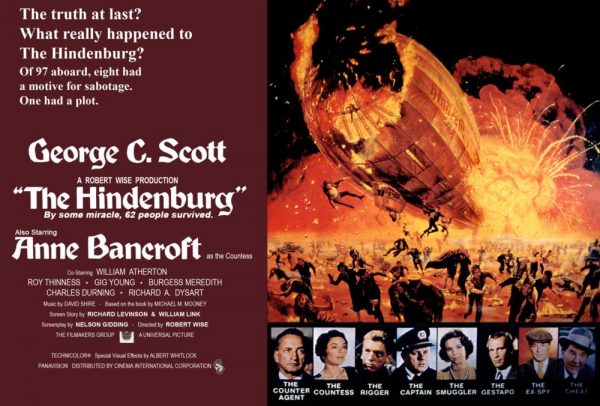

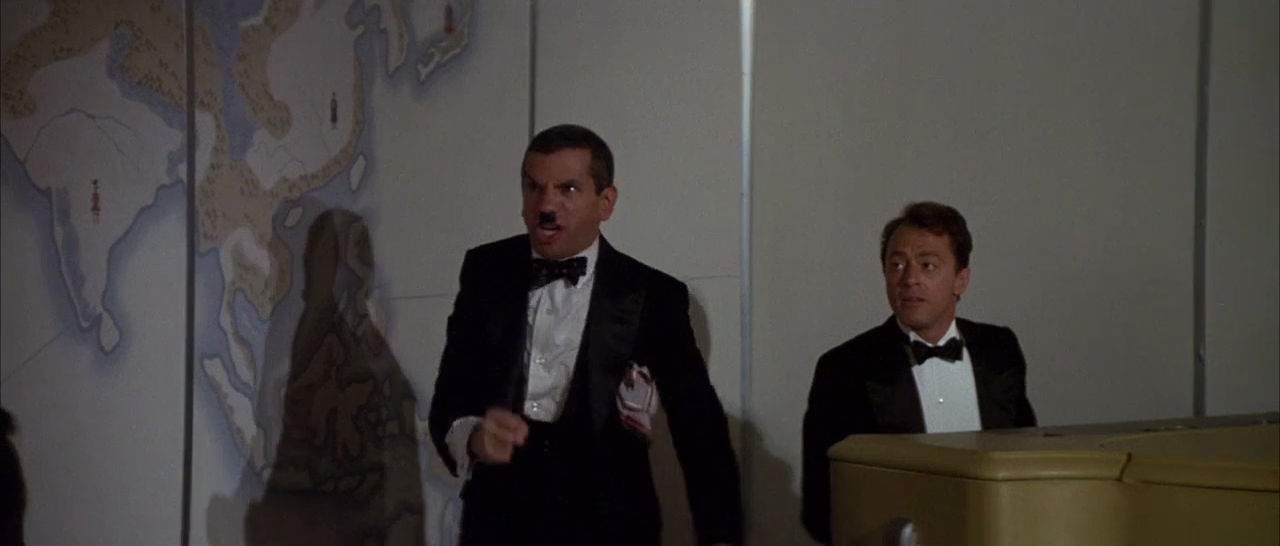
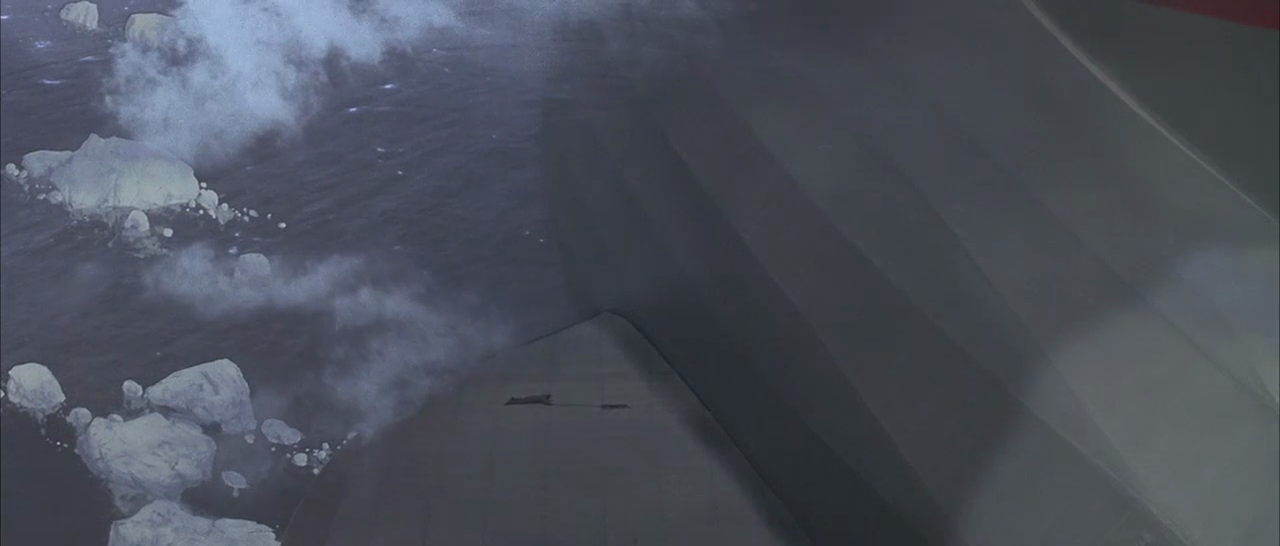
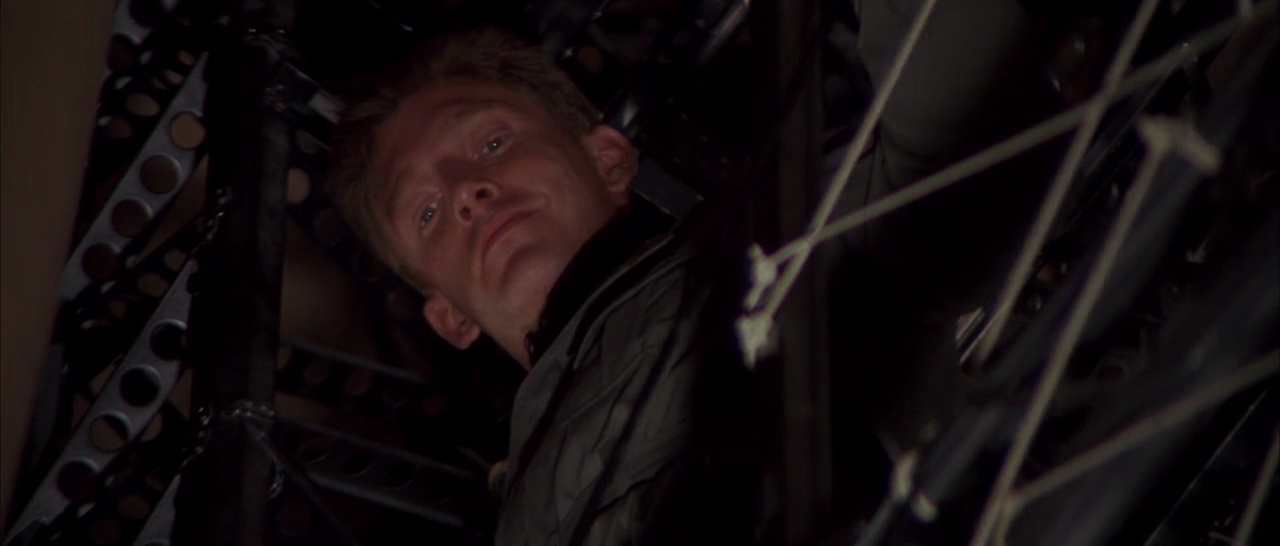
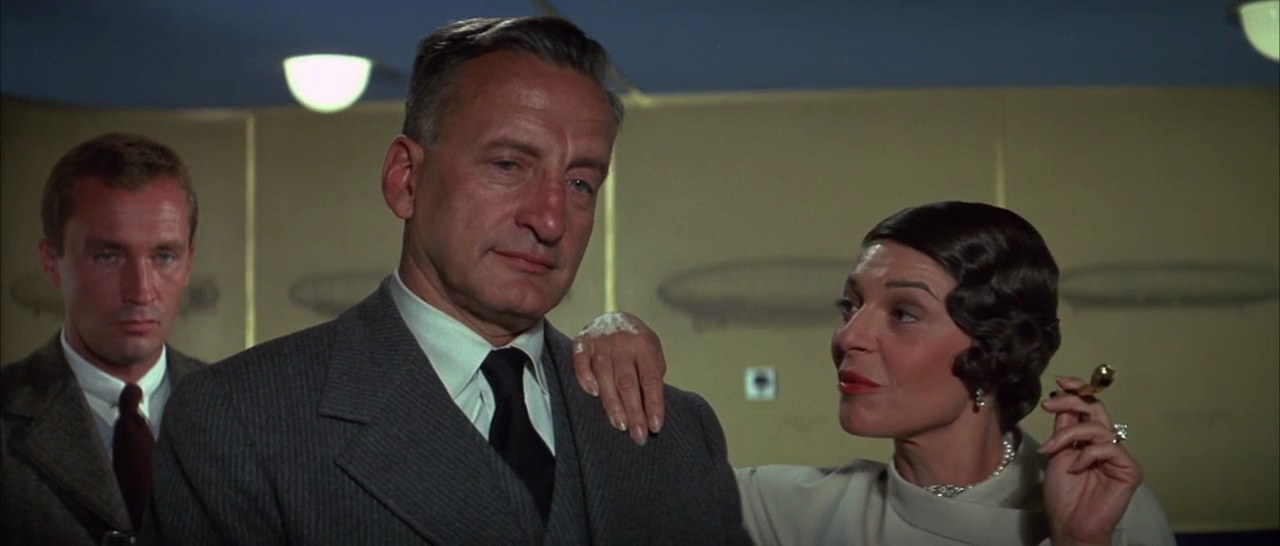
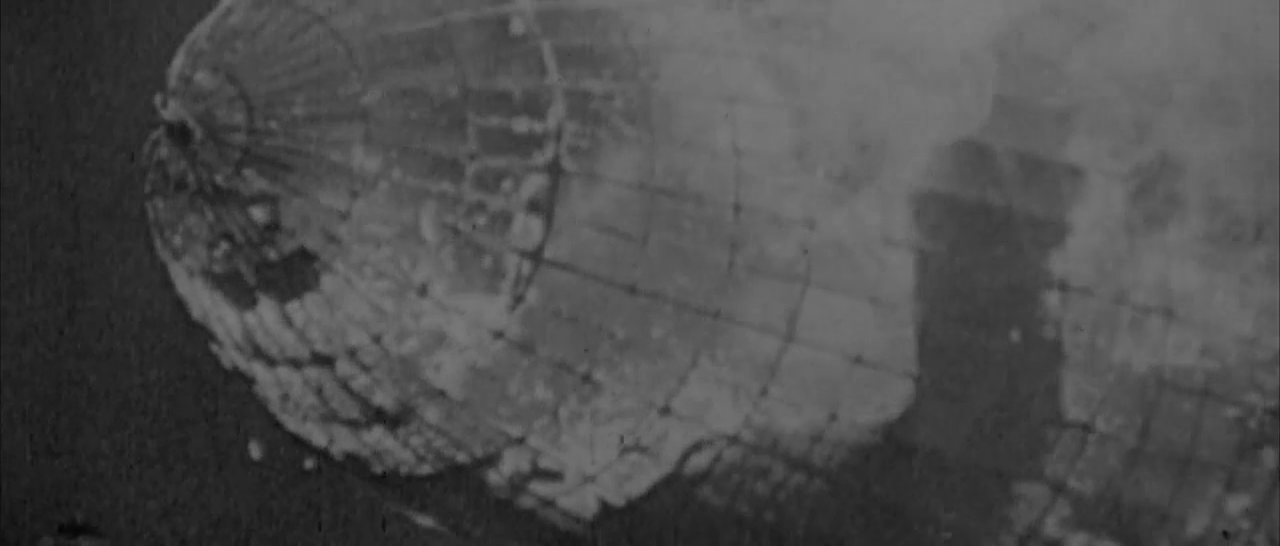
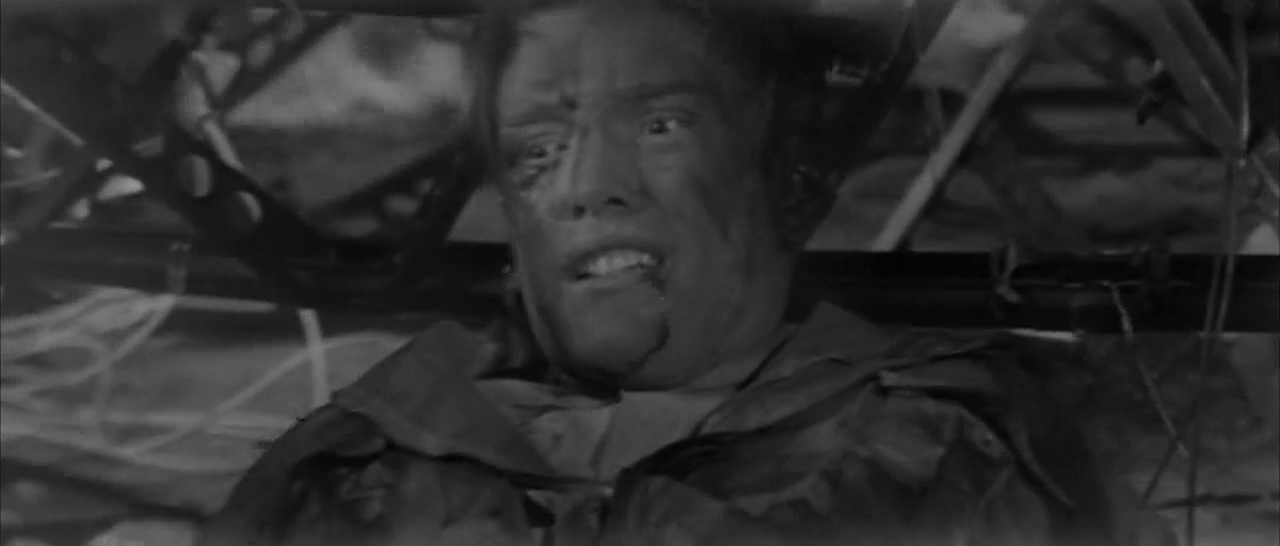
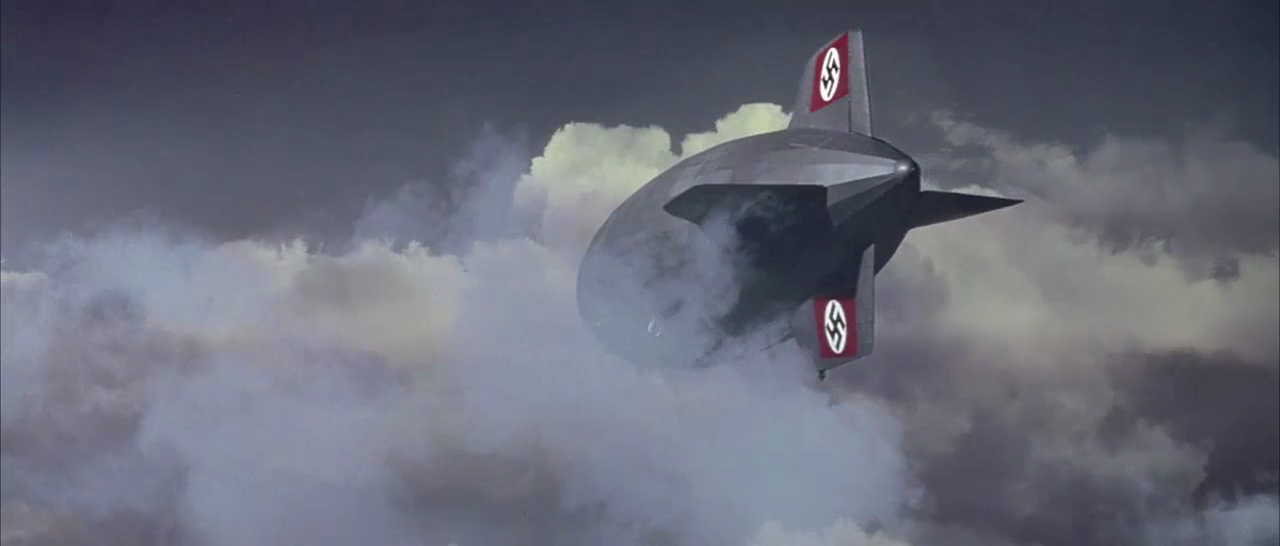

No comments:
Post a Comment